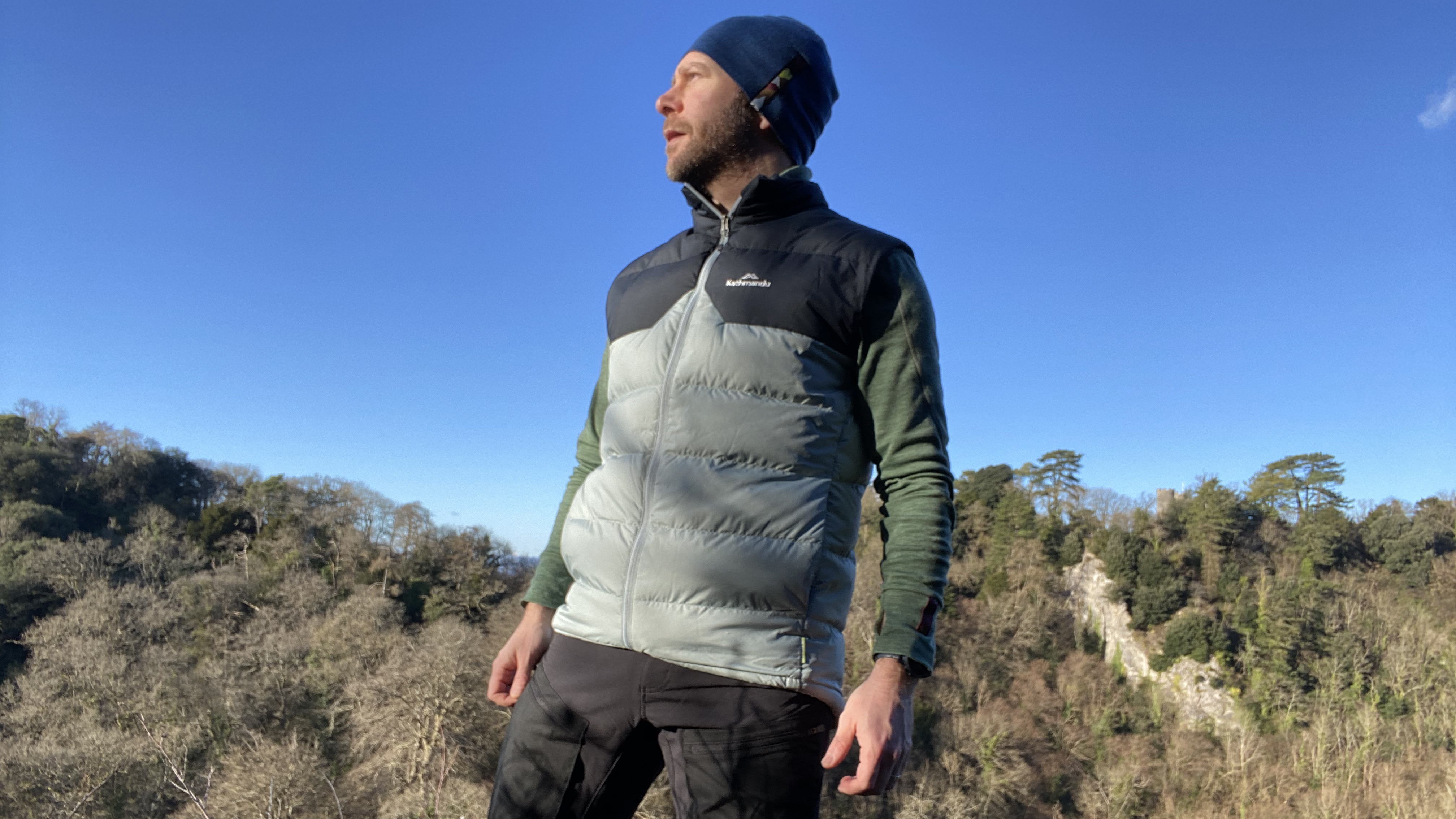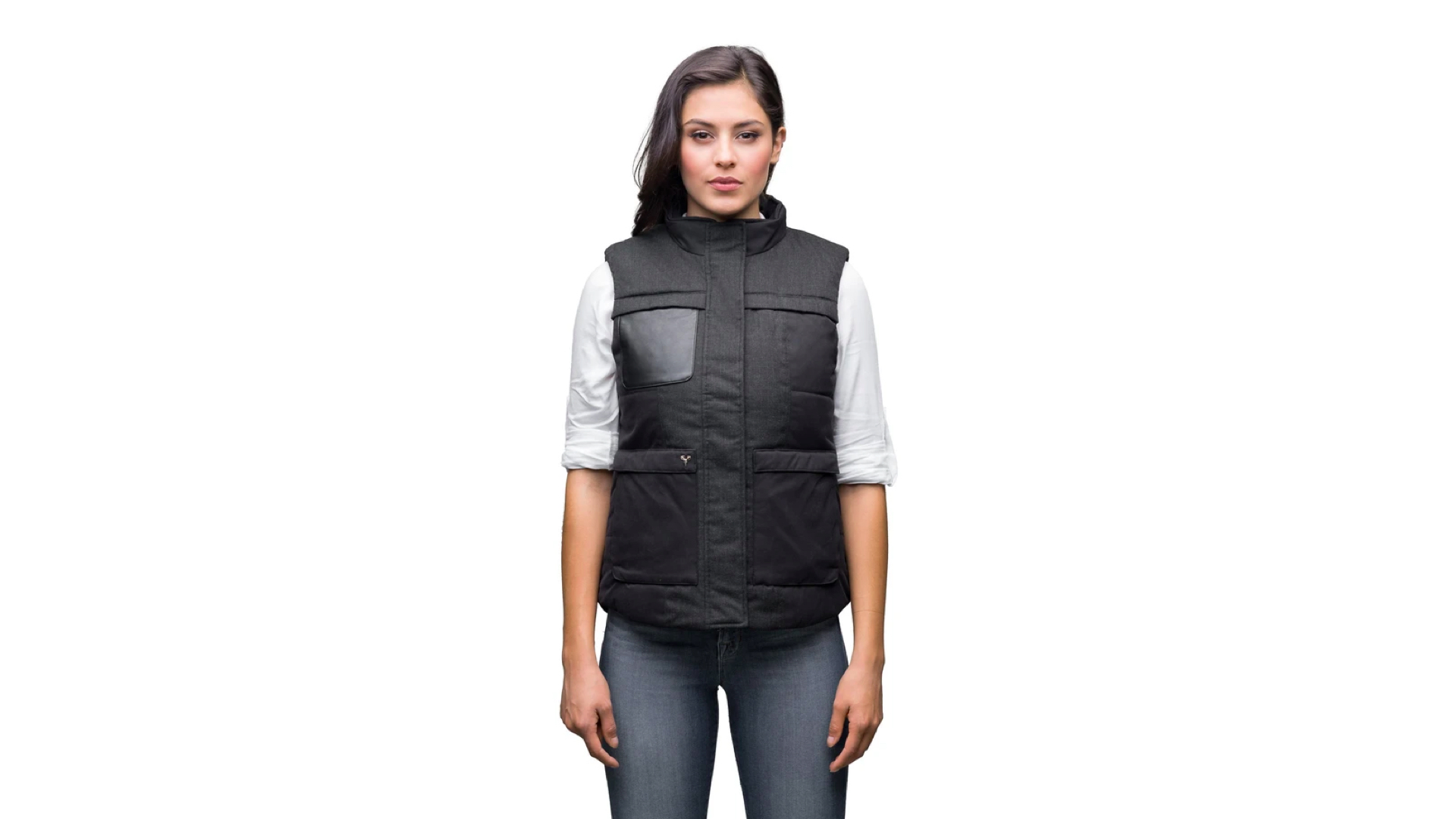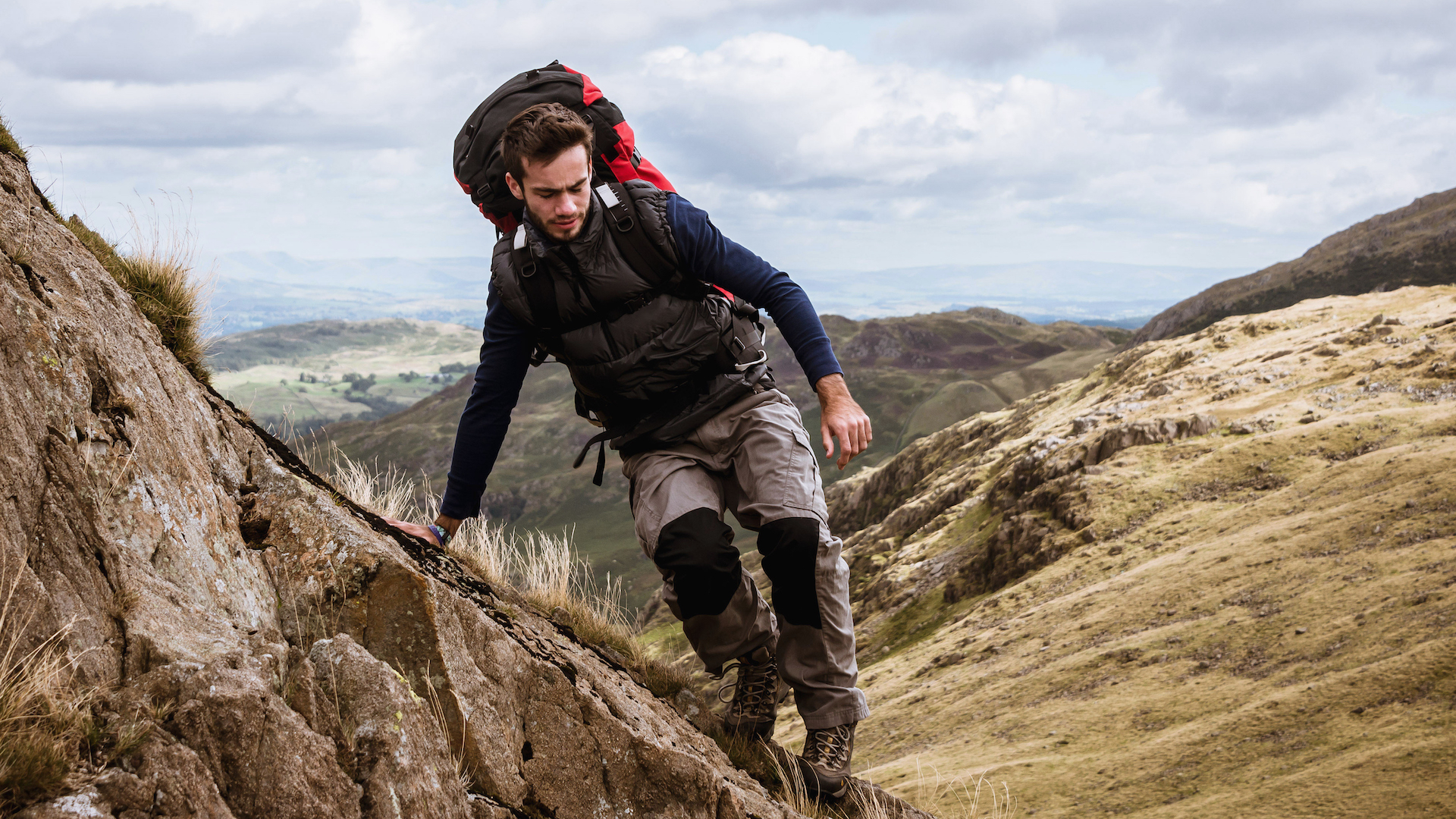What is a gilet? And do you even need one?
What is a gilet? We look at this sartorially divisive but functionally inclusive bit of kit and consider why it’s the perfect garment for the shoulder seasons

Managing your layers during a shoulder season hike can be a bit of a juggling act. It'll be too cold to galavant around in shorts and a t-shirt but your full-coverage fleece or down jacket are bound to be overkill, particularly on those sweaty ascents. You can whip your waterproof jacket out in a deluge but, again, it'll be a bit much when the heavens don't decide to open.
So what can you do? Enter the gilet. What is a gilet, you ask? Meet the versatile, lightweight and perhaps underrated piece of outdoor kit that’s ideal for changeable conditions. We asked our hiking gear experts to reveal all.
What is a gilet?

A gilet is simply a sleeveless jacket that is the perhaps the perfect outer garment for the transition seasons. Also known as a bodywarmer (especially if you grew up in the UK in the ’80s) or vest, they often feature an insulated fill, just like a down jacket or a synthetic puffer.
Pronounced “jee-lay” (gilet is French for vest/waistcoat), this functional item is practically required uniform for New Englanders. They’re unlikely to turn heads in Colorado, where folks are largely indifferent to them – unless they’re worn with nothing underneath by a rad 1980s ski bro who will definitely get props for this choice – and positively sneered at by fashion-forward New Yorkers.
In the UK, they're associated with wealth, which again makes them somewhat uncool. The stereotypical image of London city bankers sees them swanning around the capital with their firm's logo emblazoned on their immaculately fitted gilet – as portrayed in the excellent TV series Industry.
When they’re intended for outdoor use, they’re typically made using fleece or down and while they don’t always get a warm reception, they’re really the perfect answer for those months when a light jacket isn’t enough and a heavy jacket is too much.
Meet the experts

Julia is one of our expert gear testers and she has reviewed several gilets in her time, citing them as vastly underrated pieces of outdoor kit. She has the ideal testing ground too – the magnificent Scottish Highlands are right on her doorstep.

A qualified Mountain Leader, Alex knows the importance of correct layering and having a versatile approach when hiking. These days, he lives in Bristol in England's southwest, though he'd previously spent a decade in London, long enough to know that gilet's aren't very cool, unless worn for practical purposes, of course.
What is the point of a gilet?
- A gilet allows heat to escape from your underarms while keeping your core toasty
- It has the added benefit that your arms are free for dynamic activities like scrambling
- They're also smaller, lighter and more packable than a jacket

It’s fair to ask why you’d want a jacket without sleeves, but people wear trousers without legs all time and call them shorts and no one seems to mind. Perhaps the best way to understand the value of this sartorially divisive piece of kit is to imagine yourself taking a brisk hike on a cool spring day. As you stride up the trail in your hiking boots, where do you start to sweat first? Your underarms, right? After a few minutes, that starts to get prickly and uncomfortable so you stop and either tie your jacket around your waist or stuff it in your backpack. You march on but then you start to get goosebumps because now you don’t have a jacket and you’re a little damp under the arms. So you stop and put your jacket back on. This continues on until you reach the summit, by which point you’re wearing a slightly damp jacket on a cold day and you’re too chilly to stop for lunch.
All the latest inspiration, tips and guides to help you plan your next Advnture!
All of this pain and misery could have been avoided if you’d just worn a gilet. It keeps your torso and vital organs warm while allowing your armpits to vent. Not only can you lose a little heat through your arms to help regulate your body temperature as you exert yourself in cool weather, but your arms and shoulders are free if you end up doing some scrambling. Plus, gilets don’t have sleeves so they’re considerably lighter weight than a jacket, and pack down small if you do end up putting yours in your pack.
How to wear a gilet
- A gilet should have a snug fit in order to keep you warm
- It's best worn over a light, sweat-wicking base layer

First of all, your gilet should have a snug fit in order to actually keep you warm. If it’s loose it won’t do its job, but it also can’t be so tight that you can’t get a layer underneath it.
For hiking and camping, a gilet is best worn over a light, sweat-wicking base layer for a little extra warmth, while you could definitely wear it around town over a T-shirt or sweater (just not in New York City). They’re not waterproof, so they won’t do you much good in a spring shower, but you can easily throw a waterproof jacket over the top since they’re form fitting.
Better yet, this versatile item can be used while you're on belay at the crag and it doesn't have to be packed away come winter. In fact, you might find that your gilet becomes the perfect mid layer in your hiking layering system on very cold days, so you can have an extra layer for warmth between your base layer and your down jacket but don’t have so many layers on that you can’t bend your elbows. Some trail runners even love the protection of a gilet for cold, winter runs.
Convinced yet? We knew you’d come around.
Julia Clarke is a staff writer for Advnture.com and the author of the book Restorative Yoga for Beginners. She loves to explore mountains on foot, bike, skis and belay and then recover on the the yoga mat. Julia graduated with a degree in journalism in 2004 and spent eight years working as a radio presenter in Kansas City, Vermont, Boston and New York City before discovering the joys of the Rocky Mountains. She then detoured west to Colorado and enjoyed 11 years teaching yoga in Vail before returning to her hometown of Glasgow, Scotland in 2020 to focus on family and writing.

